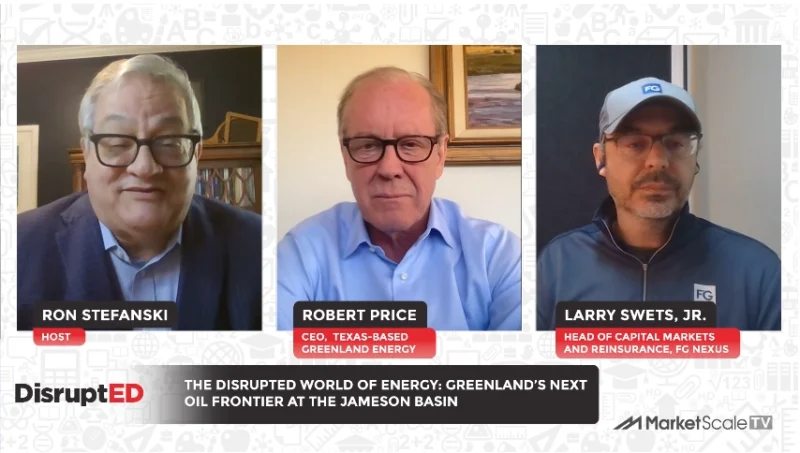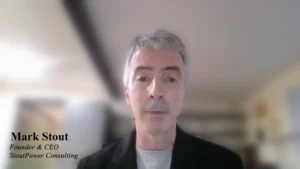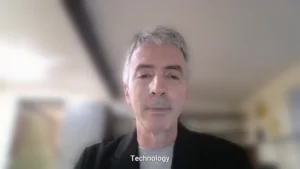Are We In The Golden Age Of Renewables?
Renewable energy isn’t novel anymore. It’s not some far-away thought of how the sun and wind could be harnessed into power. In fact, many countries are now in a race to be the first to utilize 100 percent renewable energy.
According to the Climate Council, Sweden is leading the way in this race, with Costa Rica, Nicaragua, Scotland, and Germany rounding out the top five.[1] Even the world’s largest carbon emitter, China, makes the list. So, is this the shift that the world has been waiting for? As more and more seek to rid their countries of fossil fuels, has the golden age of renewable energy begun? The answer is not clear-cut.
The truth is that something as complex as energy, in all its forms, has a million different factors that influence the answer to the question. Dissecting some of these may not offer a clear picture of global efforts toward clean energy. We must first consider these important facts about clean energy.
Lithium Ion Batteries As Energy Storage Catches On
One of the most interesting aspects of renewable energy is the role of lithium ion batteries. Farms of solar panels and wind turbines have become a recognizable sight in California. As the sun and wind create energy, where does it go if it’s not used immediately? On sunny and windy days, lots of energy is collected, some of which is excess, needed on those days with no sun or wind. California is using batteries to store the energy as it continues toward its goal of 50 percent of its energy coming from renewables by 2050.
California is leading the way in battery power storage, housing about 36 percent of the country’s capacity, according to a Climate Group report.[2] Will other states commit as much to the effort? Many think what happens in California and their renewable efforts will guide other parts of the country.
Electric Vehicles Will Drive Significant Reduction in Gas Demand
Electric cars haven’t made much of a dent in domestic car sales, taking only one percent of the market. That equates to displacing around 50,000 barrels of oil a day, according to HIS Markit.[3] Trends, however, point to a surge in the electric vehicle market as fossil fuel usage declines. Although these fuels don’t just power cars, cars drive the demand.
If cars tip toward electric, which experts foresee, they’ll dominate car sales. In anticipation, cities are building more infrastructure grids for charging. Imagine pulling into a charging station, not a gas station. These are going in quickly in China, which also indicates the trajectory in transportation. While many of the concepts are still in infancy, the majority of citizens and leaders understand the need and urgency around renewable energy.
The Fossil Fuel Industry Supports Renewables
Most of the biggest oil companies support renewable energy with their dollars. In December 2017, the largest players in the industry, Exxon, Shell, and BP, announced major investments in renewable energy. Shell has vowed to accelerate its investment in wind and solar. BP was more specific in its commitment to renewables, with a $200 million investment in one of Europe’s largest solar companies, Lightsource.
While oil companies are not reducing their efforts to find and extract oil, they are preparing for the future and diversifying their interests as the world evolves. Much of the push for these three powerful oil companies to focus more on renewables comes from shareholder pressure.
In the end, a country’s culture plays a crucial role in its energy practices, just as its population numbers do. It has to be a conscious effort by the majority of consumers. When the demand is greater for renewable, so will be the supply. Slowly, oil and gas are going out of fashion, but the golden age of renewables is yet to begin.
[1] https://www.climatecouncil.org.au/2016/02/16/11-countries-leading-the-charge-on-renewable-energy/
[2] https://www.theclimategroup.org/sites/default/files/downloads/etp_californiacasestudy_apr2017.pdf
[3] https://ihsmarkit.com/research-analysis/electric-cars-and-oil.html









